hailtryfan
New Bee
- Joined
- Apr 17, 2011
- Messages
- 28
- Reaction score
- 0
- Location
- Chelmsford
- Hive Type
- 14x12
- Number of Hives
- 3
Is this madness?
Mike
Mike

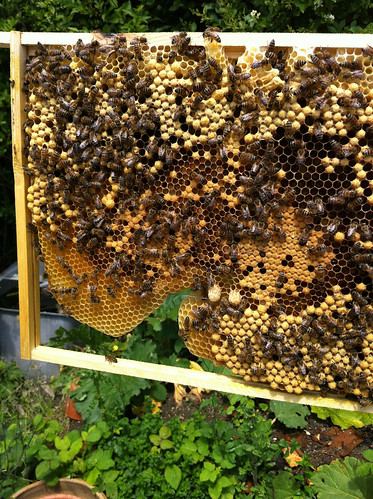 (Click for larger version)
(Click for larger version)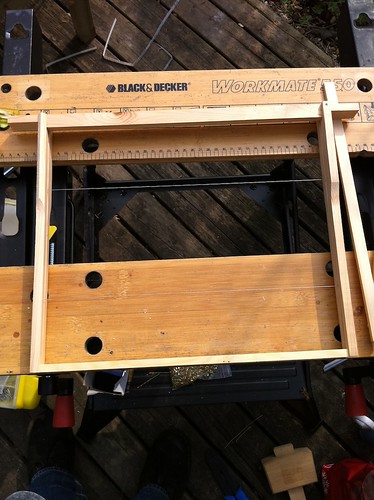
No. I used them successfully in several hives last year (though I might go back to foundation)
Are those two queen cells at the bottom of the frame? The reason I ask is because I saw a number of these last year but was unsure whether they were drone or QC, as the supercedure cells I had seen were almost an inch long.
So if they were QC should they have been destroyed because queen would have been barely larger than a drone?
They are classic swarm cells in my view.
Thanks RT. I thought all QCs were hook nose shaped to accomodate the length of her abdomen. So just to be clear - are you saying those QCs were not the finished product but still growing?
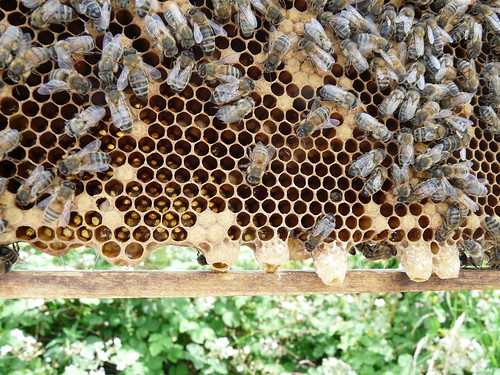
I thought all QCs were hook nose shaped to accomodate the length of her abdomen.
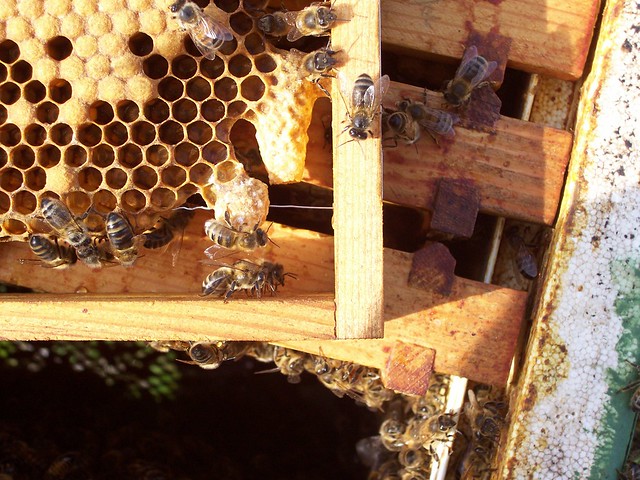
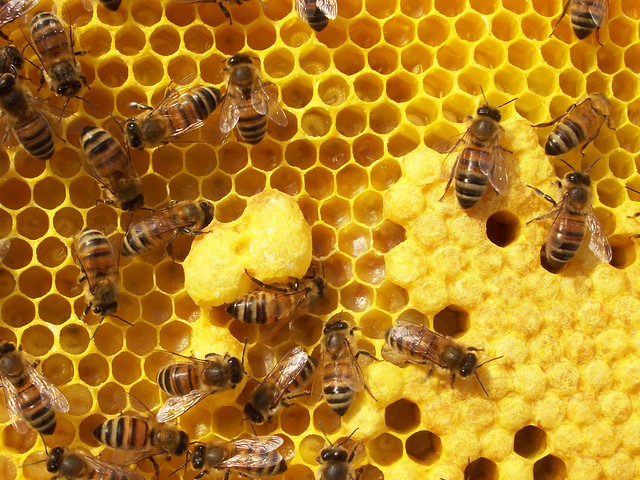
Thanks RT. I thought all QCs were hook nose shaped to accomodate the length of her abdomen. So just to be clear - are you saying those QCs were not the finished product but still growing?
Yikes- I had a number of those last year (1st year).
I take Nellie's word for it the cells in the picture were supercedure cells. They looked like emergency cells to me.
Enter your email address to join: